When your business is chugging along, and the economy and your financial future look secure, it can be hard to stop long enough to consider what might happen to your business if you suddenly weren’t there. This is where succession planning comes into play. The purpose of succession planning is to make sure a business always has the right leaders in place should a change happen quickly.
How many of you predicted in 2020 that we would be experiencing a global pandemic? Or how quickly the world changed as a result of the pandemic.
Reality is, we can’t anticipate when a serious illness, accident, disaster, or pandemic will strike and impact our business, but we can prepare for what will need to be addressed should one happen.
While it may seem like a time-consuming process, there are many benefits to succession planning.
What is Succession Planning?
Succession planning is a strategy for identifying and developing future leaders in your business. It’s not about just focusing on the top-tier roles but all major roles at all levels. There are many stories out there in the business world where business leaders have been left in a pickle because of a key position being left vacant. The message being, don’t be that business that is left without power because the electricity bill wasn’t paid. Don’t get caught out – succession planning is key!
What are the benefits of succession planning?
Maintaining a succession plan will assist in providing businesses with improved strategic viability and ongoing business continuity by proactively addressing:
- Future leadership capability
- Business direction and continuity
- Retention of high-value talent
- Retention of institutional knowledge
- Cultural development
What is the succession planning process?
- Identify important positions in your business
- Assess employees and evaluate their capabilities
- Identify employees that can fill the needed position
- Begin developing employees
- Evaluate and repeat the cycle as many times as needed
Ensuring your succession plan is implemented smoothly is just as important as spending the time developing the plan. Like with all strategic pieces of work, there is no value is spending time developing the succession plan if there is no action in implementing the plan into your business
Tips for implementing a succession plan
Timely communication – successor first
Don’t follow the age-old mistake of identifying a successor for a key role within a business, but never telling the person. Leaders too often utter the words, ‘but I had a great plan for you’ when the earmarked successor hands in their notice. Informing the identified successor that they have been earmarked for a future role opens a conversation with the employee to establish if they are even interested in a future with the business and how they feel about the intended role.
Balance transparency with confidentiality
Succession planning can often incorporate sensitive issues, so it is crucial to balance transparency with discretion.
Convey a fair selection process
Often it can appear to employees that someone internally has just been handed a role on a plate, without any formal selection process, particularly if the role wasn’t advertised. Depending on the nature of the role and the size of the business, there may be consideration for the roles to be advertised internally to allow for a formal process and criteria for selection to provide a fair and equitable process.
Regularly review the succession plan
A succession plan shouldn’t be viewed as a one-off document and not looked at again. The plan is a living document, that is regularly reviewed and updated where relevant.














